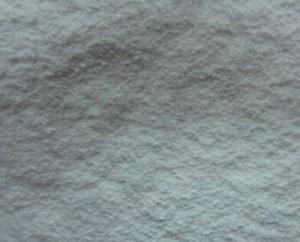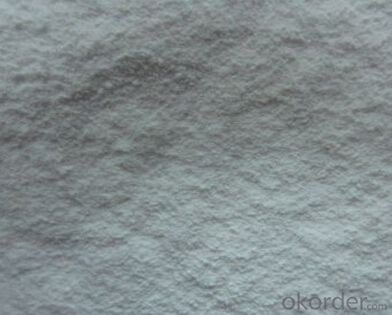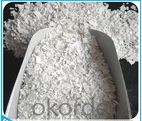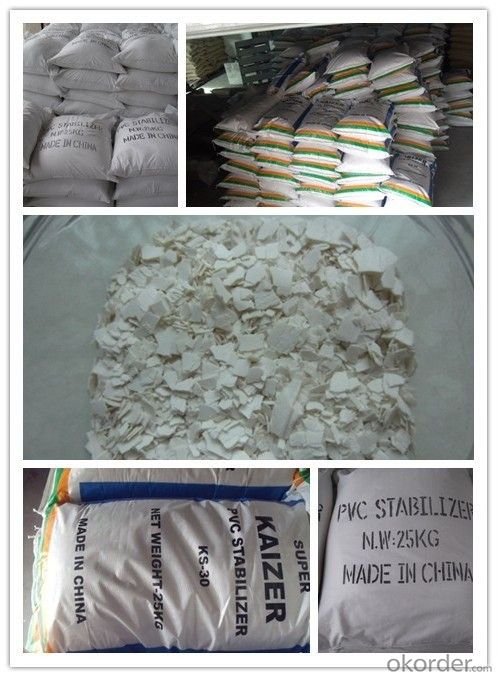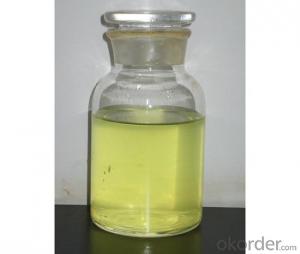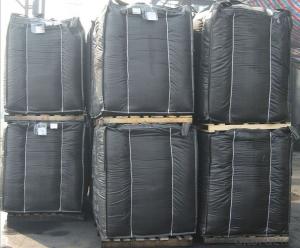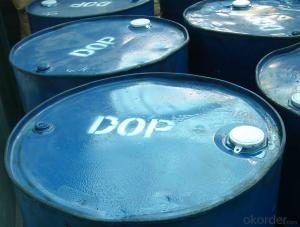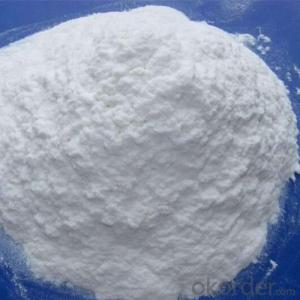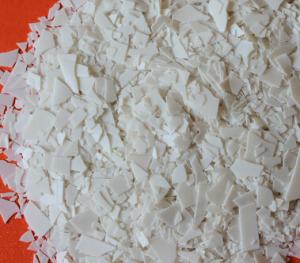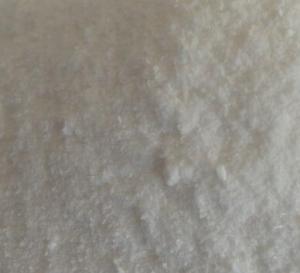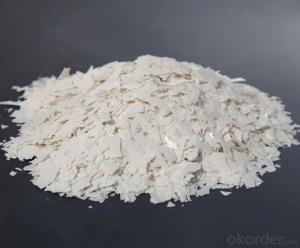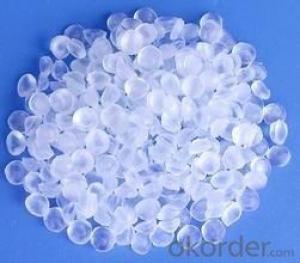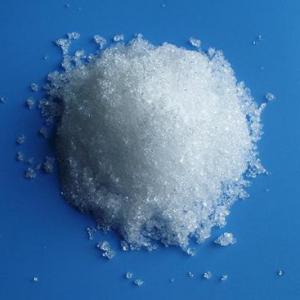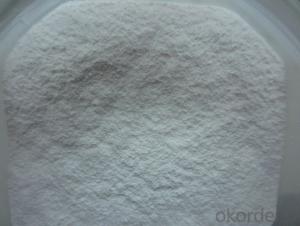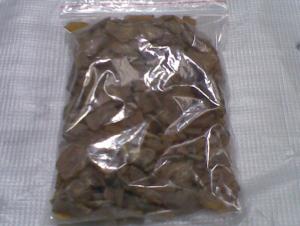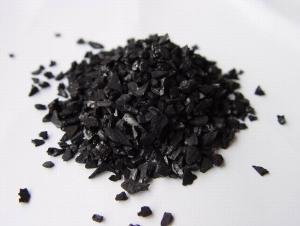Calcium Pvc Compound Stabilizer for Plastic and Rubber Pipes
- Loading Port:
- Qingdao
- Payment Terms:
- TT or LC
- Min Order Qty:
- 2000 kg
- Supply Capability:
- 100000 kg/month
OKorder Service Pledge
OKorder Financial Service
You Might Also Like
1. Structure of Calcium Pvc Compound Stabilizer Description
Classification: Chemical Auxiliary Agent
Other Names: one pack pvc stabilizer
Purity: 99.9%
Place of Origin: Shandong, China (Mainland)
Type: PVC Stabilizer
Usage: Plastic Auxiliary Agents
Brand Name: HaoMing
Model Number: Pipe Grade
2. Main Features of the Calcium Pvc Compound Stabilizer
Product | PVC stabilizer, Also called One pack pvc stabilizer
|
Description | It is lead based compound stabilizer containing internal and external lubricants. It is used for producing pvc pipes. It has excellent processing performance for calendaring molding. It will not effect the flatness, bright and clean, even thickness of the product when the filling material has a fluctuation.
|
Specification | 1. Appearance: white flake 2. Lead oxide content,%: 30-40 3. Melting Point:70min 4. Moisture,%:0.5max
|
Addition quantity | According to the different equipments of calendars, suggests add 3-4 phr in each 100 phr PVC resin.
|
Suggested Formula | PVC resin:100kg, PVC stabilizer: 3-4kg, Stearic acid: 0.3-0.6kg, PE wax: 0.6-0.8kg, CPE135A: 2-3kg, Titanium dioxide:1-1.5kg, Optical brihtener OB-1: 20g, Caclium carbenate: 30-50kg |
3. Calcium Pvc Compound Stabilizer Images

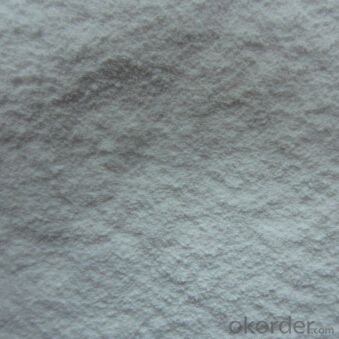
4. Calcium Pvc Compound Stabilizer Specifications
1. Appearance: white flake
2. Lead oxide content,%: 30-40
3. Melting Point:70min
4. Moisture,%:0.5max
5. FAQ of Calcium Pvc Compound Stabilizer
1.Delivery date:30days
2.Proper for plastic pipe and profile stablizer
3.Payment:30% in advance,70% against BL copy
- Q: High school knowledge __ teacher do not know right!
- Nothing to do, but with the percentage of activated molecules, is proportional to
- Q: High school chemistry, catalyst activation energy map
- Catalytic reaction is the reaction of the first reaction with the catalyst or attached to the catalyst to form intermediates, and then further reaction to produce products and catalysts, so the amount of catalyst in theory is the same! The activation of these two processes can be reduced! So there will be two peaks! Can be simplified as a peak!
- Q: Can Cuo react as a catalyst with H2O2, does its quality and chemical properties change?
- Can be, please, upstairs said wrong ... ... ... ... ... ... catalyst is not not to participate in the reaction, the second is because the essence of the catalyst is to participate in the reaction to accelerate the reaction rate of conversion, the catalyst after the reaction will be regenerated, and before and after conservation, quality and Chemical properties do not change. CuO is the catalyst for H2O2 reaction, and the catalytic effect of CuO is better than Mn02!
- Q: Name one case in which catalyst poisoning is useful?
- alkynes can react with hydrogen in the presence of a catalyst such as palladium to form alkanes, if they catalyst is poisoned you can produce alkenes instead
- Q: Why can't catalysts make an unfavorable reaction favorable?Can anyone give me a relatively simple explanation for this?Thank you so much in advance!
- Catalysts, as enzymes, only change the activation energy (the energy the compound needs to gain to transform into products), they don't change the Gibbs energy values of reactants nor products. Therefore, if the delta G of the reaction is positive, it'll still need free energy to complete. They make a reaction complete faster than in normal conditions, but don't change the actual possibility for that reaction to happen. In the human body, a lot of reactions of catabolism have a positive G value and these reactions needs to get energy from other coupled reactions that have a negative value, so the total value is still negative. Many of them use hydrolysis of ATP to provide that energy, as its hydrolysis is about -30 kJ/mol in physiological conditions. I don't know what class you're in to ask this question, so can't really know if this answer is too simple or complicated for u... sorry in advance! Jo?l
- Q: In the chemical reaction, why can the catalyst speed up the reaction rate
- V2O5 (vanadium pentoxide) catalyzes the oxidation of sulfur dioxide to sulfur trioxide, and no catalyst is difficult to occur.
- Q: What is the catalyst for ethylene addition water? How to play a catalytic role.
- With dilute sulfuric acid can be. Sulfuric acid will be added with the addition of ethyl hydrogen sulfide, and then hydrolyzed into ethanol.
- Q: Why are catalysts so effective in small amounts?
- Catalysts don't get used up in reactions. Because of this, a single catalyst molecule can function again and again. Some catalysts are better than others for a given reaction. More effective catalysts reduce the time taken for 1/ the rate of travel of the molecule to the active site, 2/ the time the reaction takes, or 3/ the time it takes for products to diffuse away, or 4/ a combination of the above. The more effective a catalyst is in these factors, the less is needed to make it equally effective.
- Q: how does the amount of a catalyst affect reaction rate?
- theoretically, the more catalyst there is, the faster the rate of reaction. this is because it is bringing more particles together quicker.
- Q: What is the catalyst called?
- There are three types of catalysts, which are homogeneous catalysts, heterogeneous catalysts and biocatalysts
Send your message to us
Calcium Pvc Compound Stabilizer for Plastic and Rubber Pipes
- Loading Port:
- Qingdao
- Payment Terms:
- TT or LC
- Min Order Qty:
- 2000 kg
- Supply Capability:
- 100000 kg/month
OKorder Service Pledge
OKorder Financial Service
Similar products
Hot products
Hot Searches
Related keywords
